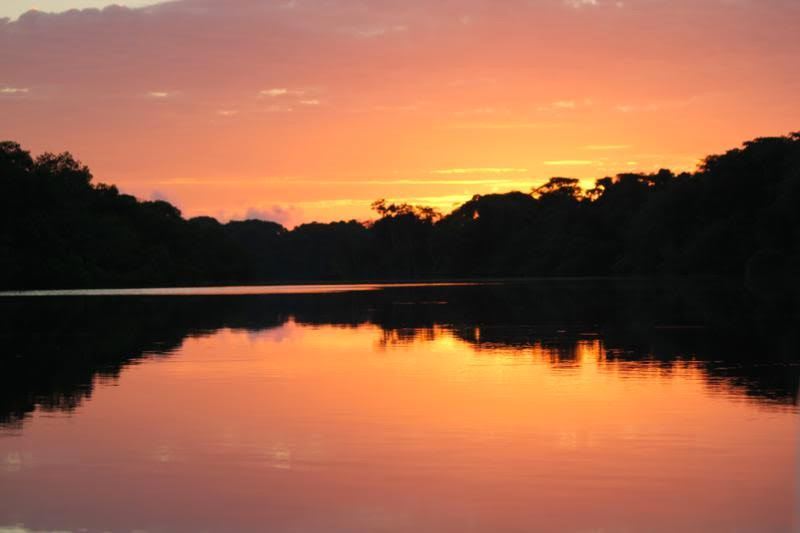Onde Estamos
Rod. Dom Pedro I, km 47
Nazaré Paulista, SP, Brasil
Caixa Postal 47 – 12960-000
Tel: (11) 3590-0041

IPÊ was one of the organizations involved in the creation of the Mosaic of Protected Areas in the lower Negro River. It is necessary to integrate the management of the areas that are already physically connected, as well as to bring together their social actors, decreasing the situation of isolation and difficulty of managing each area individually.
According to article 26 of the SNUC (National System of Conservation Units), when there are Protected Areas (PAs) of different categories or not (parks, ecological stations, extractive reserves and indigenous lands) in close proximity, juxtaposed or overlapping, it is interesting to create a mosaic of these areas, with integrated and participatory management, to conserve biodiversity and enhance socio-cultural diversity and sustainable local development.
This connection is made through participatory and shared management, with a single body of social actors, which facilitates processes of communication, interaction and management of territorial development and environmental conservation projects.
In addition, the Mosaic delimits a territorial contour with local socio-biodiversity references that generate potential for development in this region. IPÊ’s project sought precisely to link the consolidation of these democratic spaces with the promotion of sustainable local development, including the perspectives of the product and service chains of the region’s traditional peoples.
Local people’s knowledge and ways of managing ecosystems (“know-how”) are socially and ecologically efficient and should be taken into account in public management programs. It is therefore important to create an “ethnodevelopment” proposal for which the PAs in the Rio Negro basin are the key differentiator. This ends up attracting resources, strengthening territorial identity, acting as a potential source of income for the population and acting as the main means of guaranteeing their food security.
The process of creating and strengthening the Mosaic began in 2006, with the support of the National Environment Fund (FNMA), through actions to create the Management Council for all the region’s Protected Areas and to promote territorial development. As the work progressed, new potential and proposals for strengthening and developing the territory were identified:
Form and implement the governance of the Mosaic of Protected Areas of the lower Rio Negro, involving society in its management and proposing instruments for valuing the services, products and “know-how” of the Mosaic.
The Mosaic Protected Areas of the lower Rio Negro is a region of recognized importance for the conservation of biodiversity and sociodiversity. The different Protected Areas included in this project are located in the area covered by the Central Amazon Ecological Corridor and also in the Core Zone of the Biosphere Reserve. In this region are the municipalities of Manaus, Novo Airão, Iranduba, Barcelos and Manacapuru, which total 1.8 million people (IBGE, 2007) and another 80 communities, formed by riverside dwellers and indigenous people who survive mainly from agriculture and forestry extraction, mainly timber, but they also seek to get involved in activities linked to tourism and the sale of handicrafts, with a strong inclusion of the “cultural tradition” component. These areas, together, total approximately 8 million hectares of black water and tropical forest ecosystems distributed within eleven Conservation Units (UCs). The Waimiri-Atroari Indians also show interest in participating in the discussions.
Rod. Dom Pedro I, km 47
Nazaré Paulista, SP, Brasil
Caixa Postal 47 – 12960-000
Tel: (11) 3590-0041
Termos de Uso | Estatuto
Copyright © Ipê – Instituto de Pesquisas Ecológicas.
Email: ipe@ipe.org.br